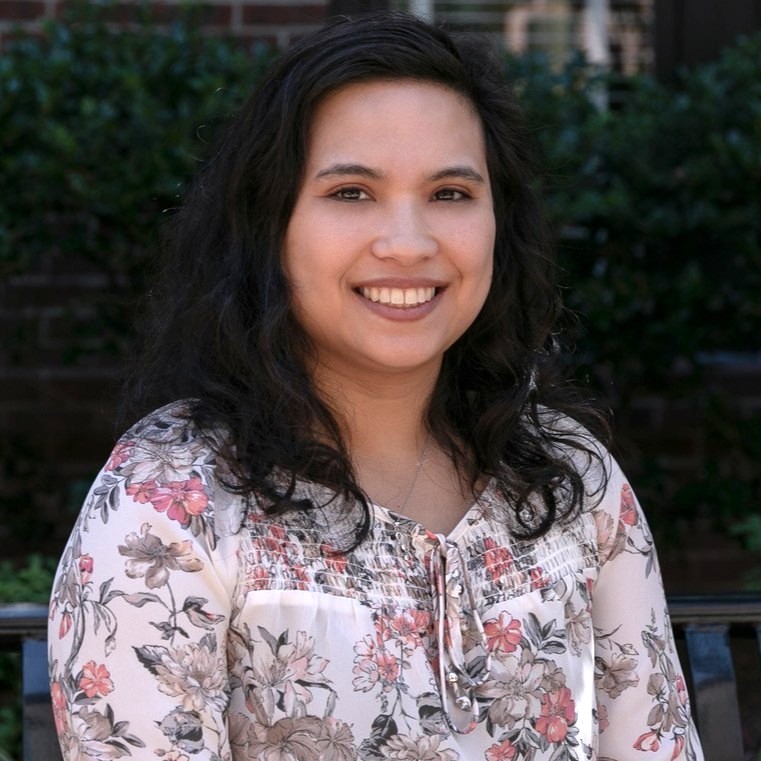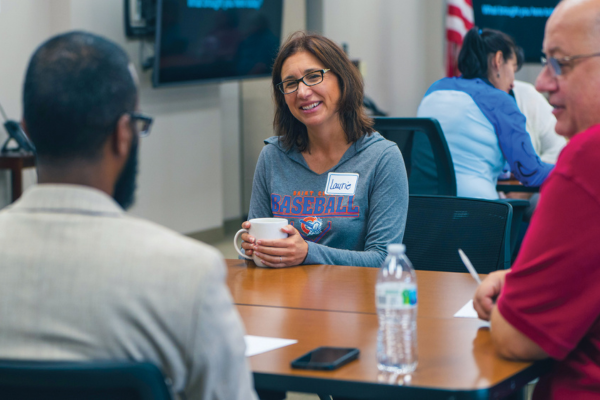Gilmore Amplifies Cohort Power in AASA’s Expansive Networks
November 01, 2024
Inside AASA
 Kristine Gilmore
Kristine GilmoreWith so many training programs and professional cohorts from which to choose, the Leadership Network gives AASA members myriad options for advancing their professional skills and know-how and attending to their school districts’ priorities.
The newest addition to the professional development lineup, an Executive Function Speakers Series and Site Visit, which kicked off in October in Atlanta, covers both early learning (birth through grade 5) and adolescence (grades 6 through 12).
Kristine Gilmore, who joined AASA in March as associate executive director of the Leadership Network, had been an active part of the association’s professional networking during her 19 years as superintendent of the D.C. Everest Area School District in Schofield, Wis. She joined AASA as a member in 2003.
Gilmore shared her thoughts about the expansive state of AASA’s professional training opportunities and the transition into her new role in a recent interview by School Administrator assistant editor Jacqueline Hyman. Her responses have been edited for length and clarity.
What brought you to AASA as the new head of the Leadership Network? Why did this position appeal to you?
Gilmore: The opportunity to come to AASA is really the opportunity of a lifetime because I have always thought being a superintendent or school leader is such an important, incredible job but also extremely hard at the same time.
COVID really exemplified the strength of our school leaders and their ability to be nimble and do whatever it takes to support students and families. Coming to AASA offered the opportunity to give back and lift up our leaders across the country.
Which AASA programs did you attend during your time as a superintendent and what was the experience like?
Gilmore: As a superintendent, I was actively engaged in AASA through Leadership Network activities. I was a mentor in the aspiring superintendents program.
My school district in Wisconsin participated in Redefining Ready! and the Social-Emotional Learning cohorts. Our joining the cohorts was about providing opportunities for kids, making sure we think about kids from early childhood through school and beyond and making sure kids are life ready.
I believe the power of the cohort is really about learning from each other. We have amazing school districts across the country, and when you get the opportunity to visit them you learn about what’s possible and how people did that work. You might be at a different place in your district, but it gives you the tools and the ideas to bring those concepts to life within their own context.
Why is the new Executive Function Speakers Series and Site Visit an important addition to the network’s offerings?
Gilmore: As we get closer to 2025, we are thinking about what the reimagining of Learning 2025 looks like. Executive function is a skill we need kids to have around decision making, and there’s a lot of new brain-based research indicating it can be taught in schools.
This series and site visit bring districts together with experts and researchers in the field to create instructional tools to lift up and support our kids. Kids of all ages are struggling increasingly, especially in middle school, with executive function skills.
Tell me about your superintendency in Schofield, Wis. What’s something you achieved that you were especially proud of?
Gilmore: I’m most proud of the community coming together to support students and families. I believe in the power of community. It was the school district I graduated from, and had I not gotten those opportunities, I wouldn’t be where I am today.
What was it like to be the superintendent in your hometown district?
Gilmore: At first, it’s always unique to come back and work with people who were your teachers and those you look up to. But it also really inspired me to work to increase opportunities for kids because I felt such a strong sense of pride in the community I was in.
What do you want superintendents to know about Leadership Network programs?
Gilmore: For superintendents, it’s important to think about what the pressing issues and challenges are for them in their district. At AASA, we try to listen and support. People aren’t going to be involved in every one of our programs, but we hope there is a program that can make a difference for them.
It’s a very exciting time, there are a lot of great programs, opportunities and amazing people involved within the organization. I hope to carry on the legacy of the work. And as schools and the political nature of the world continue to change, AASA will be there at the forefront on behalf of public education.
What are you most looking forward to about your position at AASA?
Gilmore: What excites me the most is the ability to work and support superintendents and other leaders. It’s essential. School leadership is a really hard job, so whatever we can do to make the lift a little easier is important.
One of the things we are going to be very cognizant about is the changing experience of our superintendents. We know there are a lot of new superintendents, and we need to make sure we are providing what they might need as the role develops and changes.
I’m really looking forward to meeting and working with our superintendents, and if they have ideas or needs, I want them to know they can always reach out.
Inside AASA is an occasional column about principal employees and priorities of the association.
Author
Advertisement
Advertisement
Advertisement
Advertisement




